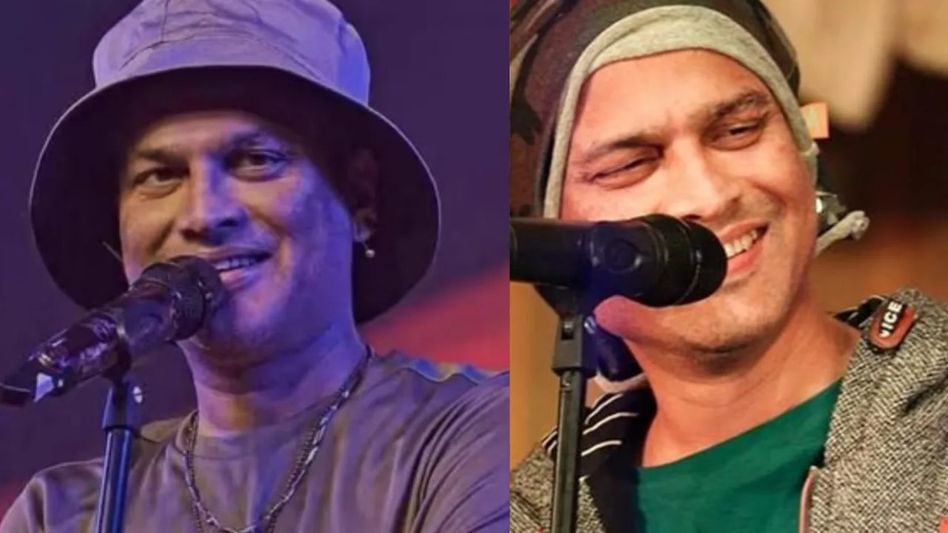Inside the final examination: What Zubeen’s post-mortem reveals
When the coffin bearing Zubeen Garg’s body reached the Gauhati Medical College and Hospital (GMCH) in the early hours of September 23, doctors knew they were not performing an ordinary autopsy. The 53-year-old singer had already been embalmed and examined once in Singapore, where he died. What arrived in Guwahati was a body carefully preserved in chemicals, its organs neatly packed and sealed for a second medical review—an effort to answer the questions that still haunted his fans and family: how did Zubeen die?

When the coffin bearing Zubeen Garg’s body reached the Gauhati Medical College and Hospital (GMCH) in the early hours of September 23, doctors knew they were not performing an ordinary autopsy. The 53-year-old singer had already been embalmed and examined once in Singapore, where he died. What arrived in Guwahati was a body carefully preserved in chemicals, its organs neatly packed and sealed for a second medical review—an effort to answer the questions that still haunted his fans and family: how did Zubeen die?
A body already touched by Science
Doctors at GMCH found Zubeen’s body in a white kurta-pyjama, lying cold and rigid in the transparent coffin. It bore the marks of prior medical examination—a Y-shaped surgical cut running from his neck to abdomen and another along the scalp, both expertly stitched. His skin was pale and smooth, the distinct smell of formalin—an embalming chemical—hung in the air.
There were no signs of struggle, no rope marks, no broken bones. Only one bruise stood out: a small, four-centimetre patch on the right side of his scalp, caused by a blunt impact before death. It was, however, not severe enough to have killed him.
Clues from within
The more telling evidence lay inside. Under the microscope, Zubeen’s lungs were swollen and heavy, filled with frothy fluid, a classic indicator of pulmonary oedema, the flooding of the lungs that can occur in drowning or any form of respiratory failure.
His heart showed signs of early oxygen deprivation, meaning it had started to suffer from a lack of blood supply just before death. The kidneys too bore marks of sudden oxygen loss, a condition that happens when the body’s circulation collapses, usually moments before the heart stops.
The brain showed what doctors call reactive gliosis, a defensive change in nerve cells often triggered by earlier stress or injury. His liver, enlarged and fatty, reflected long-term inflammation, what pathologists term steatohepatitis, a condition that develops over time, not overnight.
None of these point to violent assault or poisoning on their own. But together, they suggest a body under extreme stress, a system shutting down rapidly.
A death still awaiting closure
The doctors, cautious and precise, have not declared a final cause of death yet. The tissue and body fluid samples were sent to the Central Forensic Science Laboratory (CFSL) in New Delhi for toxicological and chemical analysis. The results will confirm whether any intoxicant, drug, or chemical played a role.
For now, the preliminary findings align with what Singapore authorities in their death certificate describe as an “alleged case of drowning”. The lungs’ fluid retention and heart’s oxygen-starved state fit that pattern.
The report makes clear one more thing: there was no evidence of physical assault, strangulation, or foul play visible on the body.
What it all means
In simple terms, the post-mortem indicates that Zubeen did not die from any visible external injury. His organs tell a story of sudden respiratory collapse and heart stress, which could have been triggered by drowning, cardiac arrest, or a combination of both.
The scalp injury was minor; it happened before death but couldn’t have caused it. His chronic liver condition may have weakened his system, but it wasn’t fatal by itself.
Until the chemical reports arrive, doctors have cautiously left the official cause “pending”. But their detailed observations already sketch a likely picture: a sudden failure of heart and lungs leading to death, rather than violence or deliberate harm.
The Science behind the silence
Every word in a post-mortem is chosen carefully because it becomes part of the legal and historical record. In Zubeen’s case, the language is clinical but revealing. It shows a body that had been through medical handling, not physical trauma; organs that failed in unison, not from injury but from internal collapse.
For those who loved his voice and mourn his loss, this report doesn’t yet close the chapter. But it clarifies one vital truth: Zubeen’s death was not violent; it was physiological, a sudden, tragic cessation of life whose final medical explanation will be well explained by the viscera report obtained from a Delhi laboratory
Copyright©2025 Living Media India Limited. For reprint rights: Syndications Today









